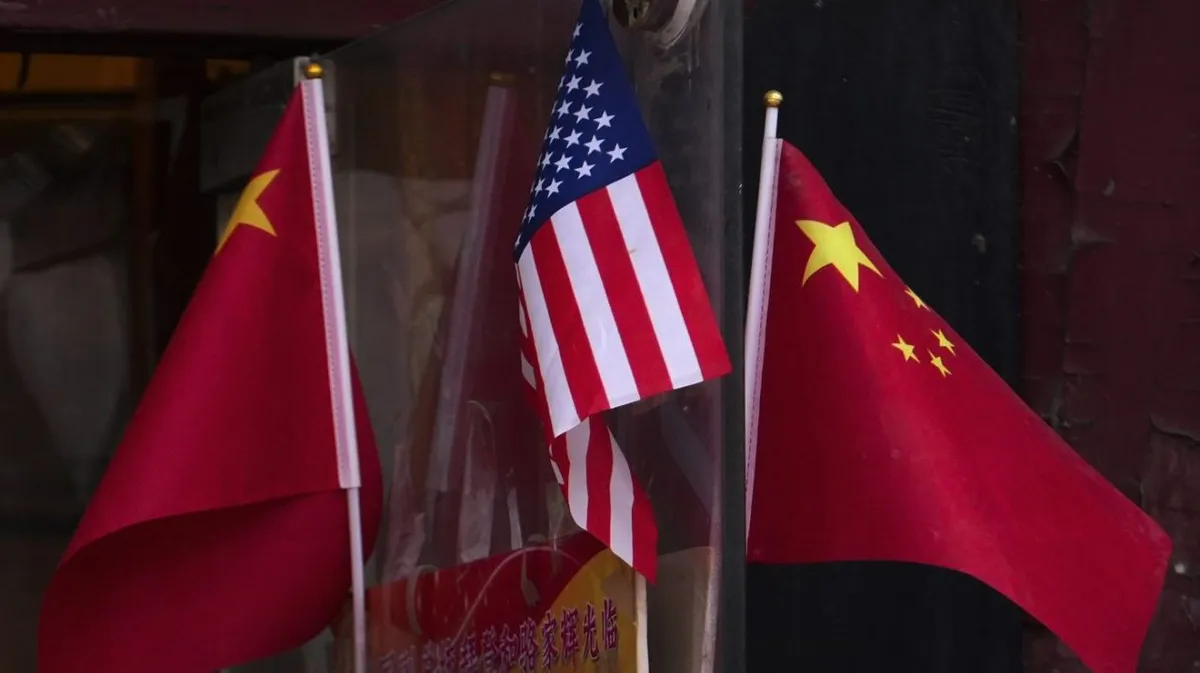
The Chinese government has taken a defiant stance following a significant escalation in trade tensions with the United States. On Monday, President Trump intensified his threat to impose a staggering 50 percent tariff on goods imported from China, prompting a strong response from Beijing. The Ministry of Commerce in China described Trump's tariffs as “completely groundless” and accused the U.S. of engaging in “typical unilateral bullying practices.”
In an official statement released on Tuesday, the ministry indicated that beyond the additional tariffs announced last week, China is prepared to implement more countermeasures in the near future. “The countermeasures China has taken are aimed at safeguarding its sovereignty, security, and development interests, and maintaining the normal international trade order,” the ministry asserted. They emphasized that these actions are “completely legitimate.”
The Chinese government further criticized the U.S. for its escalating tariff threats, labeling them as “a mistake on top of a mistake.” In a bold declaration, the statement continued, “This once again exposes the blackmailing nature of the U.S. China will never accept this. If the U.S. insists on its own way, China will fight to the end.” This declaration underscores China's commitment to responding firmly to perceived threats against its economic stability.
President Trump, utilizing his platform on Truth Social, reiterated his position on Monday, threatening to increase the current tariff rate of 54 percent—already established following a 34 percent tax imposed last week. “If China does not withdraw its 34 percent increase above their already long-term trading abuses by tomorrow, April 8th, 2025, the United States will impose ADDITIONAL Tariffs on China of 50 percent, effective April 9th,” Trump wrote. He also announced that all talks with China regarding their requests for meetings would be terminated.
In response to previous U.S. tariffs, President Trump had introduced a uniform 10 percent tariff on all imports entering the United States. This move was part of a broader strategy that included higher reciprocal tariffs on numerous countries. Just days later, China retaliated by announcing a matching 34 percent reciprocal tax on U.S. imports, arguing that the sweeping import taxes not only undermine the interests of the United States but also jeopardize global economic development and the stability of production and supply chains.
If these new tariffs are implemented, the total import taxes on goods from China could potentially reach an eye-watering 70 percent. Earlier this year, President Trump had already imposed an additional 10 percent tax on China, citing the country’s insufficient action to curb the flow of illegal drugs into the United States. This decision raised the overall tax rate to 20 percent, further straining economic relations between the two superpowers.
The ongoing trade dispute between the United States and China highlights the complexities of international relations and economic policies. As both nations prepare to implement further tariffs and countermeasures, the implications for global trade and economic stability remain uncertain. Stakeholders and analysts are watching closely to see how this dynamic will evolve in the coming weeks and months.